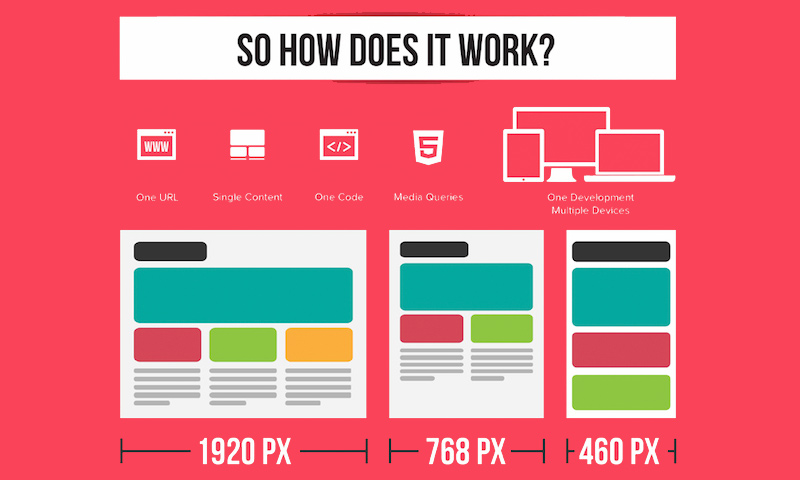Prepare Yourself To Journey With Time And Uncover Just How Sites Have Actually Ended Up Being Much More Advanced, Straightforward, And Aesthetically Sensational
Prepare Yourself To Journey With Time And Uncover Just How Sites Have Actually Ended Up Being Much More Advanced, Straightforward, And Aesthetically Sensational
Blog Article
Written By-Bradshaw Molina
In the past, internet sites were easy and focused on details. Navigating was straight, and design was for desktops. Now, user experience is essential. Information guides styles for very easy navigating. Responsive formats match various devices. Today, dark setting reduces strain, and minimal food selections boost navigating. Interactive features engage users, and strong visuals stand out. AI combination boosts involvement. See how design has actually advanced to improve your online trip.
Very Early Days of Website Design
In the very early days of web design, simpleness preponderated. Sites were basic, with minimal shades, font styles, and layouts. The focus got on providing info as opposed to showy visuals. Individuals accessed the net through sluggish dial-up connections, so rate and performance were essential.
Navigating menus were straightforward, generally situated at the top or side of the web page. Internet sites were created for desktop computers, as mobile browsing wasn't yet widespread. Material was king, and designers prioritized simple readability over complex style components.
HTML was the primary coding language used, and developers needed to function within its restrictions. Computer animations and interactive features were very little contrasted to today's standards. Sites were fixed, with little vibrant web content or tailored customer experiences.
Increase of User-Focused Layout
With the evolution of web site design, a change in the direction of user-focused layout principles has come to be increasingly famous. Today, producing web sites that prioritize individual experience is crucial for engaging visitors and attaining organization goals. User-focused style involves comprehending the demands, choices, and habits of your target market to tailor the website's layout, material, and features appropriately.
https://www.fiercepharma.com/marketing/johnson-johnson-refreshes-positively-fearless-hiv-campaign-new-digital-presence-and-lgbtq conduct detailed study, such as individual studies and functionality testing, to collect insights and feedback straight from users. This data-driven approach assists in producing intuitive navigation, clear calls-to-action, and aesthetically enticing user interfaces that reverberate with visitors. By positioning the customer at the facility of the layout process, web sites can deliver an extra individualized and satisfying experience.
Receptive style has likewise emerged as an essential aspect of user-focused design, ensuring that internet sites are maximized for different devices and screen sizes. This adaptability enhances ease of access and functionality, satisfying the diverse methods customers communicate with internet sites today. Fundamentally, the rise of user-focused style represents a shift towards developing digital experiences that focus on the needs and assumptions of completion individual.
Modern Trends in Website Design
Explore the current trends forming website design today. One noticeable fad is dark setting design, providing a sleek and contemporary appearance while lowering eye pressure in low-light environments. One more vital fad is minimal navigating, simplifying menus and boosting individual experience by focusing on essential elements. Integrating micro-interactions, such as animated switches or scrolling effects, can create a more engaging and interactive website. Receptive design stays vital, making certain smooth individual experiences across various gadgets. Furthermore, utilizing strong typography and asymmetrical designs can include aesthetic rate of interest and draw attention to specific content.
Integrating AI technology, like chatbots for client assistance or personalized recommendations, boosts user engagement and improves processes. Access has likewise come to be a considerable pattern, with designers focusing on comprehensive design techniques to satisfy varied customer requirements. Embracing sustainability by optimizing web site performance for speed and efficiency is one more emerging fad in web design. Collaborating with user feedback and data analytics to repeat and improve style continuously is vital for remaining pertinent in the ever-evolving electronic landscape. By embracing these contemporary fads, you can produce a visually appealing, easy to use web site that reverberates with your target market.
Final thought
As you reflect on the development of web site layout from the very early days to currently, you can see just how user-focused style has actually become the driving force behind modern-day trends.
Embrace the journey of adjustment and adaptation in web design, constantly maintaining the individual experience at the center.
Keep present with the most recent patterns and modern technologies, and never stop evolving your technique to develop aesthetically magnificent and straightforward websites.
Develop, adjust, and develop - the future of web design is in your hands.
